This photograph shows the underside of the motorway bridge that crosses the head of the Exe Estuary. I regularly cycle or walk under this bridge. It’s an impressive structure and a testament to our cultural preference for triumphant engineering and easy mobility over nature.
The Romans made it to Exeter during the early centuries of the Common Era. The Mediterranean colonisers knew it as Isca Dumnoniorum (shortened to Isca), which was taken, apparently, from the local dialect meaning ‘flowing water’. The Romans were great engineers, criss-crossing the empire with well-built roads. They knew a thing or two about concrete too, raising many large structures from the material.
The reflected water on the concrete roadbed comes from the Exeter Ship Canal, one of the oldest constructed waterways in England. Building began in the 1560s and the canal was extended over time. The canal’s final form was completed in 1701. I guess it was the motorway of its time, albeit a relative short one. Human beings seem driven to build things.
The water’s reflection on the underside of the bridge caught my eye. There was a gentle breeze so the water’s surface was moving and creating a lively pattern on the concrete. A small camera like the Samsung Digimax L85 is ideal for capturing for phenomena like this. Nothing too complicated, but a little bit more than just ‘point and shoot’. I didn’t expect too much from the image. High contrast scenes can look good to the eye but difficult to capture photographically. I thought it was worth a try so I shot a couple of images and put the camera back in my pocket.
When I got home and saw this picture on the screen I was taken aback. With a little bit of processing and a gentle crop, the image exceeded my expectations. Somehow the photograph caught the delicate rippling patterns on the concrete as I had imagined them in my mind’s eye. At the time, the bridge looked alive, almost writhing and twitching, and I think the photograph captures this. The concrete bridge, for a moment, became a living thing, rather than a brutal, grey monolith crossing the top of the estuary and running over canal.
Share this post:
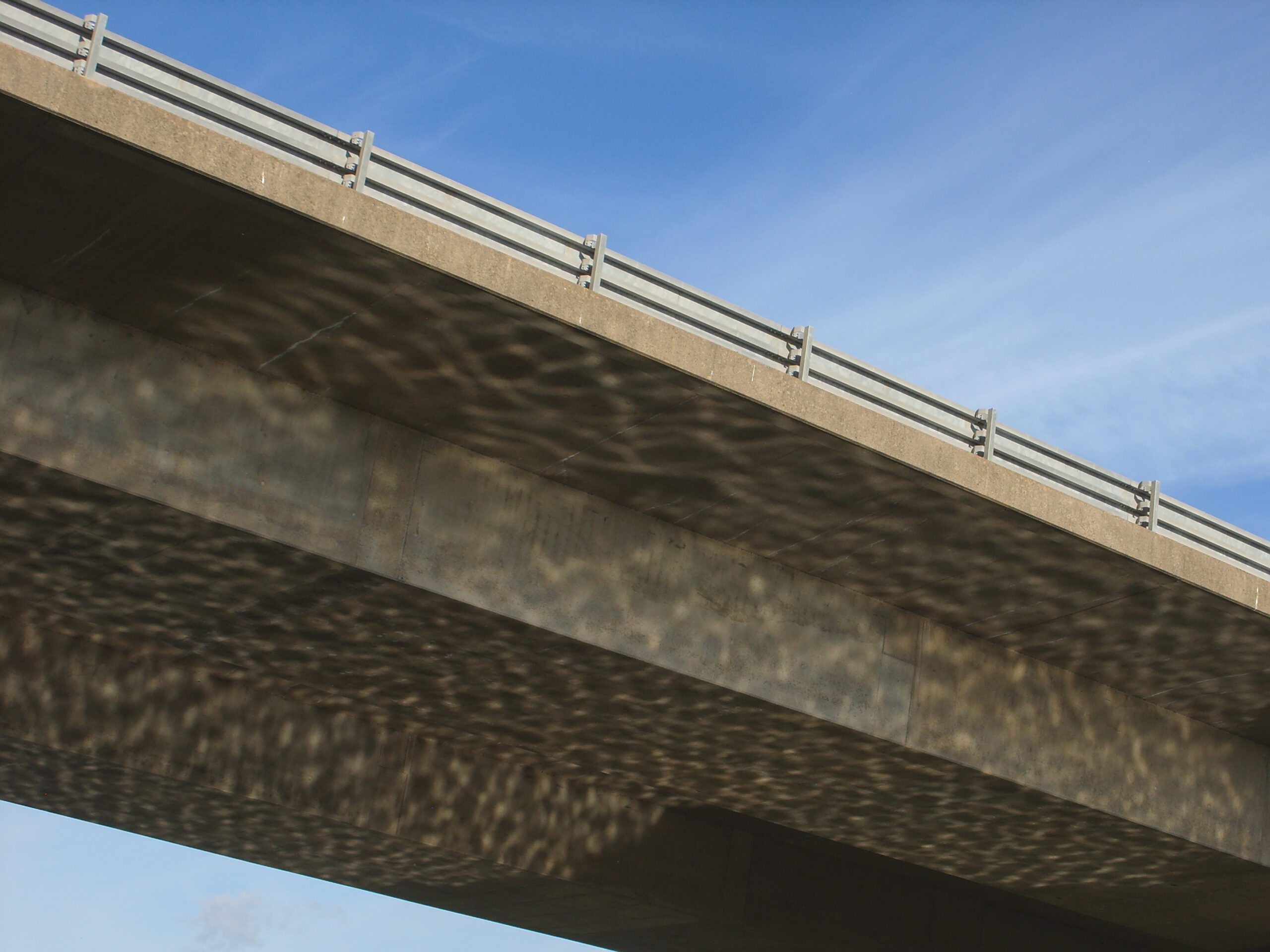
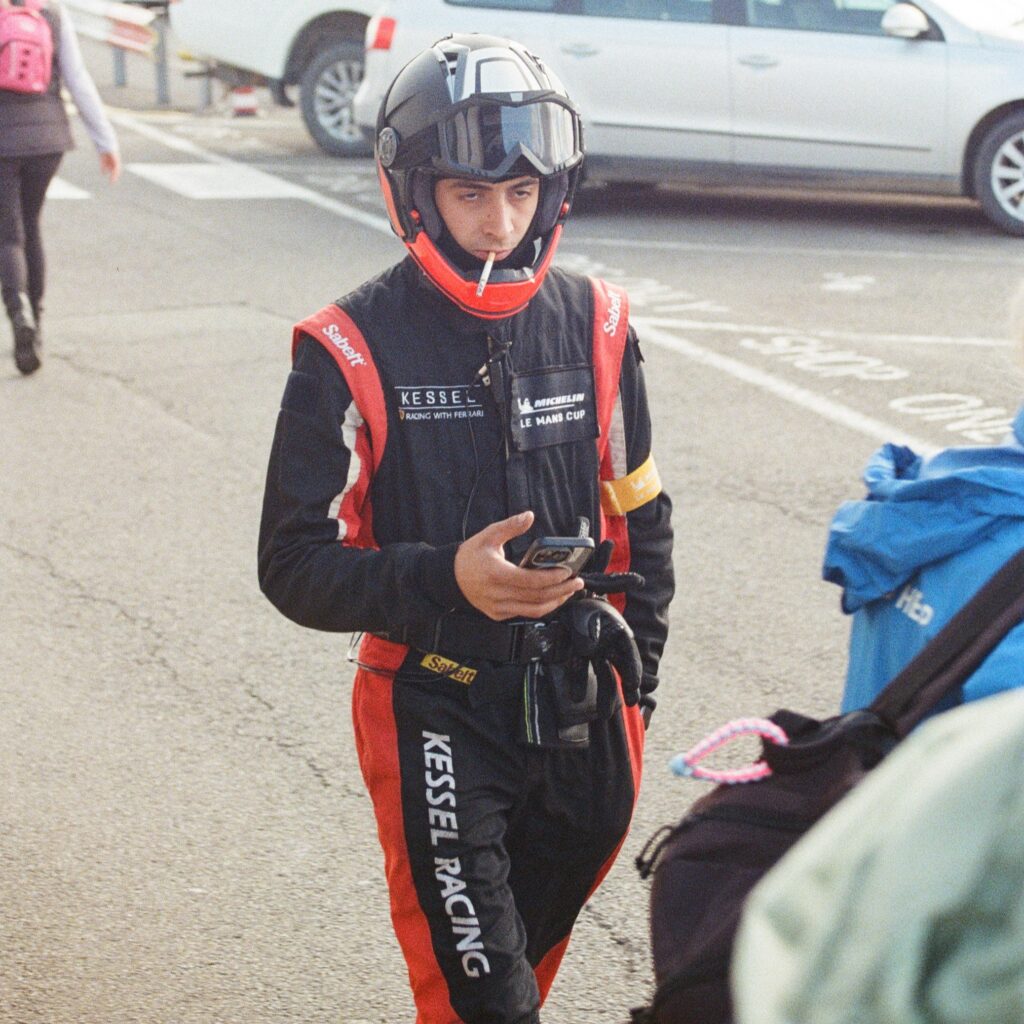
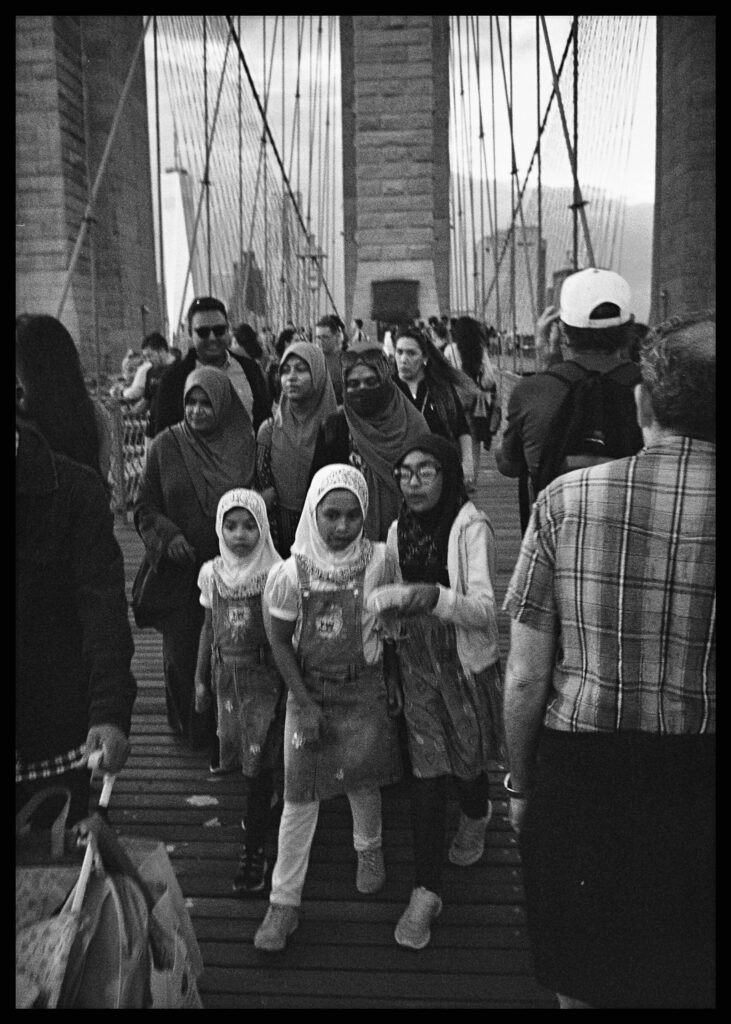

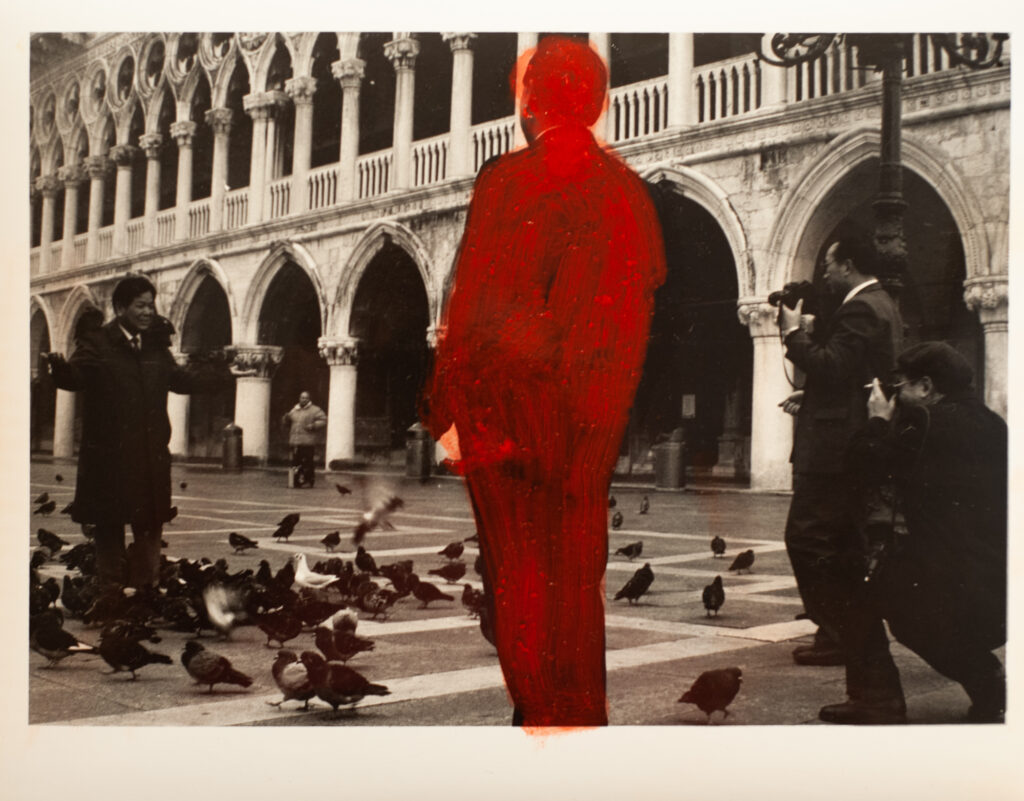
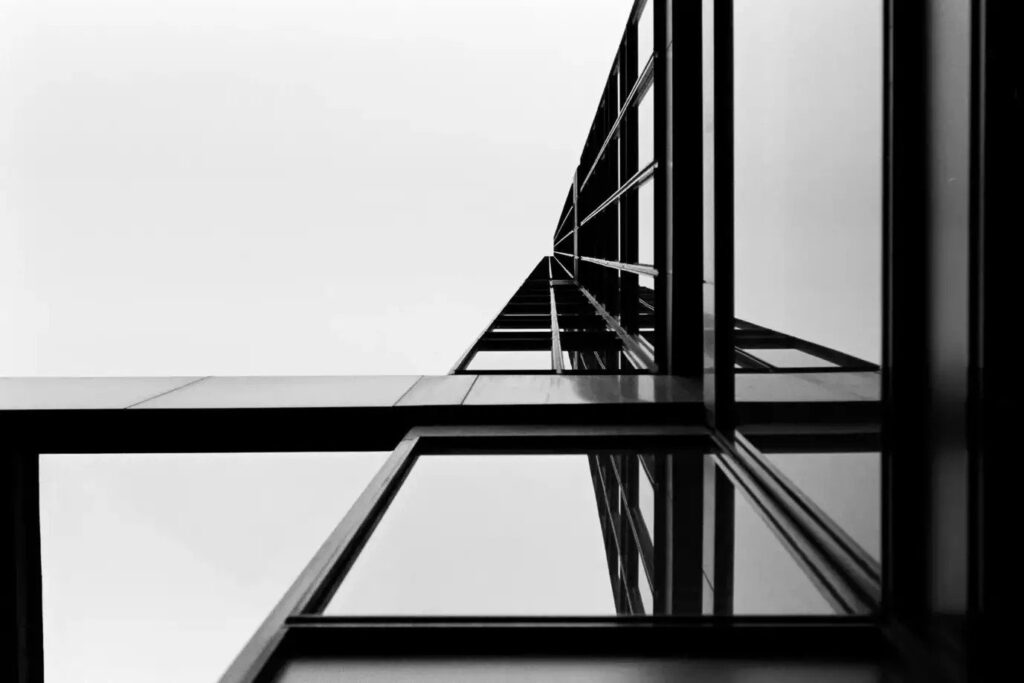


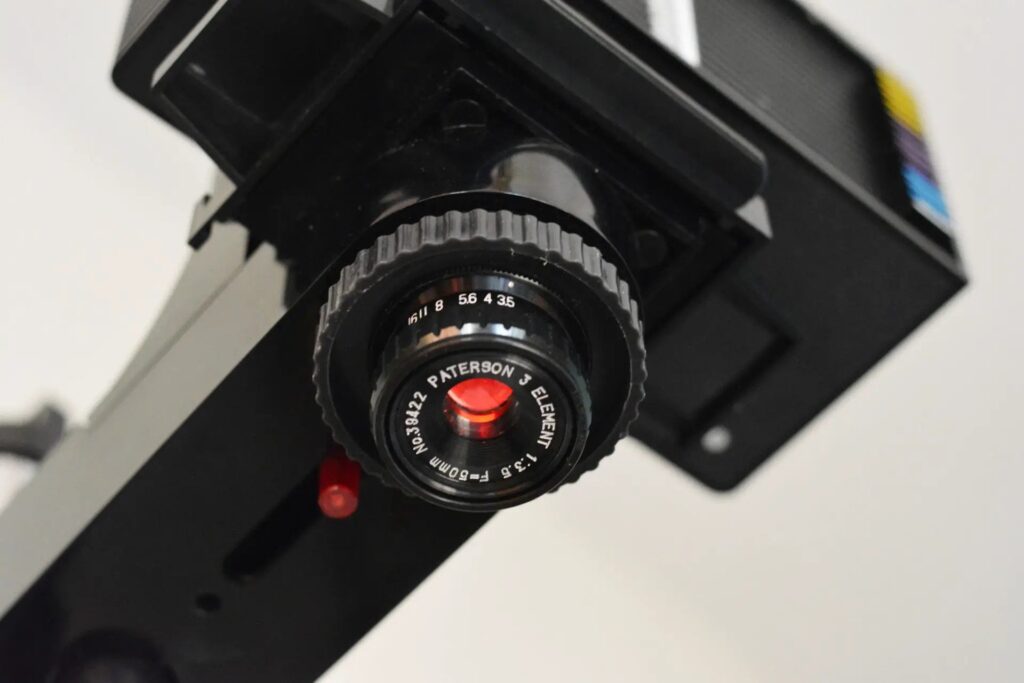
Comments
Gary Smith on The Motorway Bridge – A One Shot Story
Comment posted: 04/11/2025
Comment posted: 04/11/2025